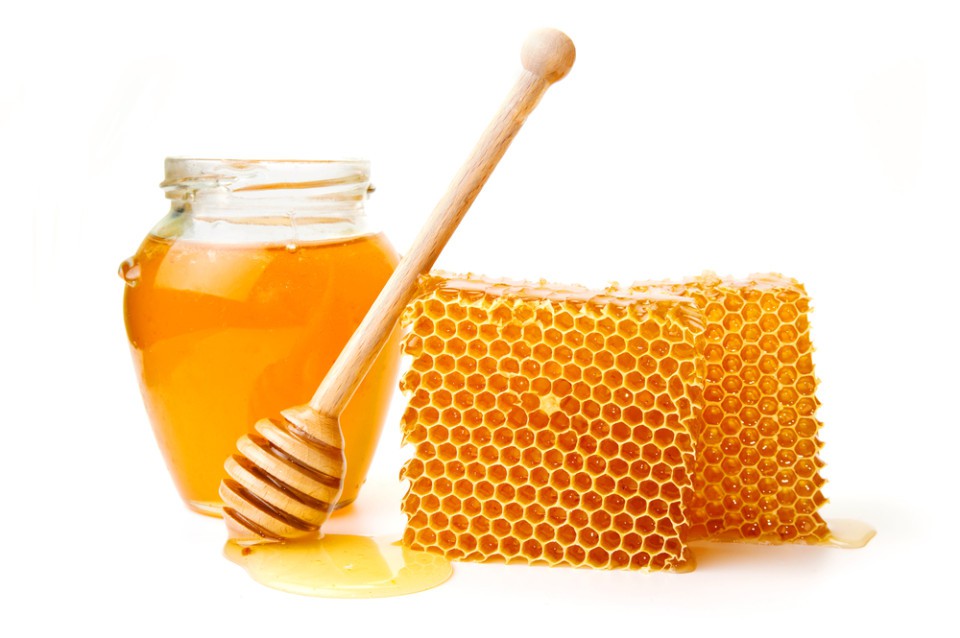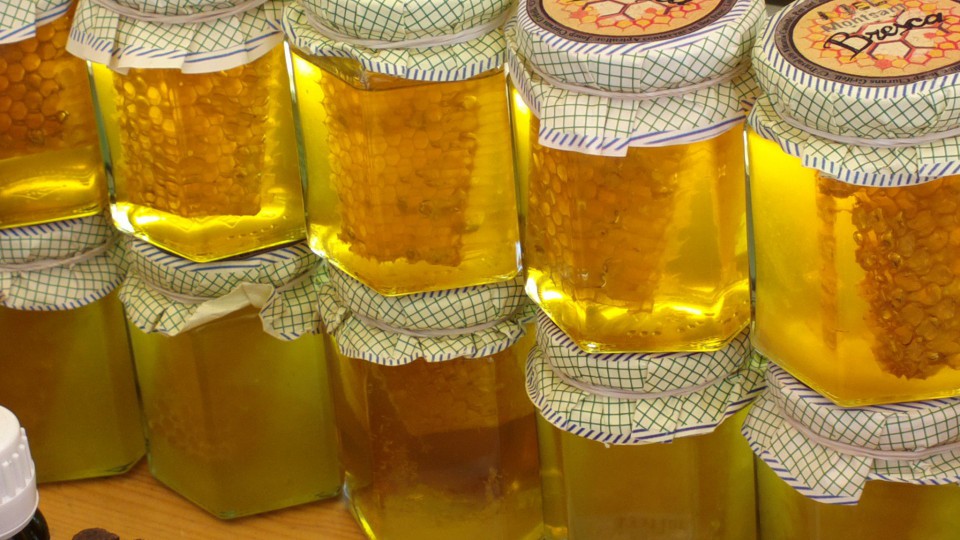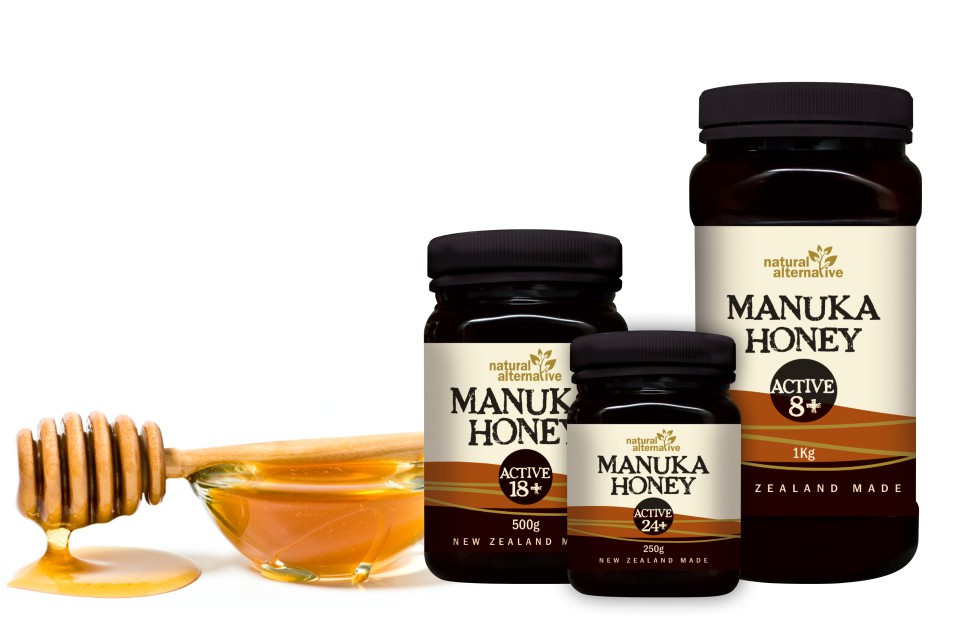Honey is nature’s sweetest of treats. However, besides just tasting great on toast, honey has some health benefits, as well as non-edible applications. Though honey is mostly sugar, it contains much more complex forms of the stuff than white sugar, meaning it takes your body longer to break it down, so you have energy for longer and the caloric content goes down. Honey also contains antioxidants and minerals like iron, calcium, and magnesium (though in fairly small amounts). Honey is also famously antibacterial, it’ll keep forever. Therefore, if you buy it in it’s pure form, you won’t be eating any preservatives, like with sugar.
However, before you run out and grab a teddy-bear shaped bottle of the sweet stuff, we should talk about the many types and varieties of honey. Turns out, it’s a complicated industry, and you might not always ‘bee’ getting (see what I did there?) the pure, unadulterated beehive gold you think you are. Keep reading and and get yourself some sweet honey education.

Photo Credit: bundrickhoneyfarms.com
Honey is extremely variable and comes in many forms, from many places. There are over 300 different types of honey in just the United States alone. They range from clover, to orange blossom, to buckwheat, to blueberry, to infinity and beyond. Each flower produces its own distinct color, fragrance, and flavor. In general, the lighter the color the more mild the taste and aroma. However, honey doesn’t just vary in terms of taste, but in form as well. Depending on the form you prefer, your honey eating experience can vary quite a bit. Here are the most common forms of honey:

Photo Credit: benefitsrawhoney.com
So, now you think you just about got this honey thing figured out, right? Well, think again! It is in the processing and packaging phase where honey really gets complicated. Turns out in the US there is very little regulation on honey. Like, basically none. This means a jar can say “Grade A 100% Arizona Clover Honey” and literally all of those words can mean nothing –it might not come from Arizona, might not be from clover, might not even be 100% honey (although we like to imagine bee keepers as extremely honest fellows with maybe just an unnatural love for the winged critters). Honey can actually be processed in many different ways, and often times the processing classification is much more informative than the grading system or label on the jar.
So, as you can see, the honey you think you’re buying from your local supermarket might really just be a honey flavored sugar replacement, void of any real health benefits, and possibly full of added icky stuff like corn syrup. If you’re looking for real, unadulterated honeys from a reputable source, your best bet is to buy from local farmers who can attest to where their honey is sourced and how it’s packaged and processed.

Photo Credit: amanymaximous.com
So now that you’re up to speed with your honey learnin’, let me throw one more awesome tidbit your way –Manuka honey. Now, honey has also been used medicinally for centuries, from soothing sore throats, to helping with insomnia, to treating wounds and burns. Not to mention, it’s great for your hair and skin (some people take that a little overboard, it seems). However, manuka honey is off the charts as far as medicinal benefits. A monofloral honey made from the manuka tree, this honey is sold as a popular alternative medicine and has been used to treat burns, ulcers, even periodontal disease. See, while all honey contains varying amounts of hydrogen peroxide (crazy, right? I had no idea) which accounts for it’s antibacterial properties, manuka honey also contains a substance called Methylglyoxal (or mg) which is apparently like the Chuck Norris of germ fighting. Different batches of manuka honey contain differing levels of mg, meaning some jars of the stuff can have up to 100 times more potency than others (they even have a special numbering system for it for determining the strength). So, if you’re looking for some real powerful medicinal honey, be sure to buy a jar of “active” manuka honey, the higher the rating the better apparently.
Hope that helped you navigate your way through the vast world that is honey and if you want to weigh in on any farmer’s markets or local stores that sell the good stuff, straight from the bees, let us know in the comments below.
Lauren is a New York based actor/singer/writer. She is a graduate of the American Repertory Theater/Moscow Art Theater School Institute for Advanced Theater Training at Harvard University as well as the College of the Holy Cross. She’s a fan of beer, pasta, and academic establishments with unnecessarily long titles. Find her on stage, or online– she’s there often.